Blog Detail
Table of Contents
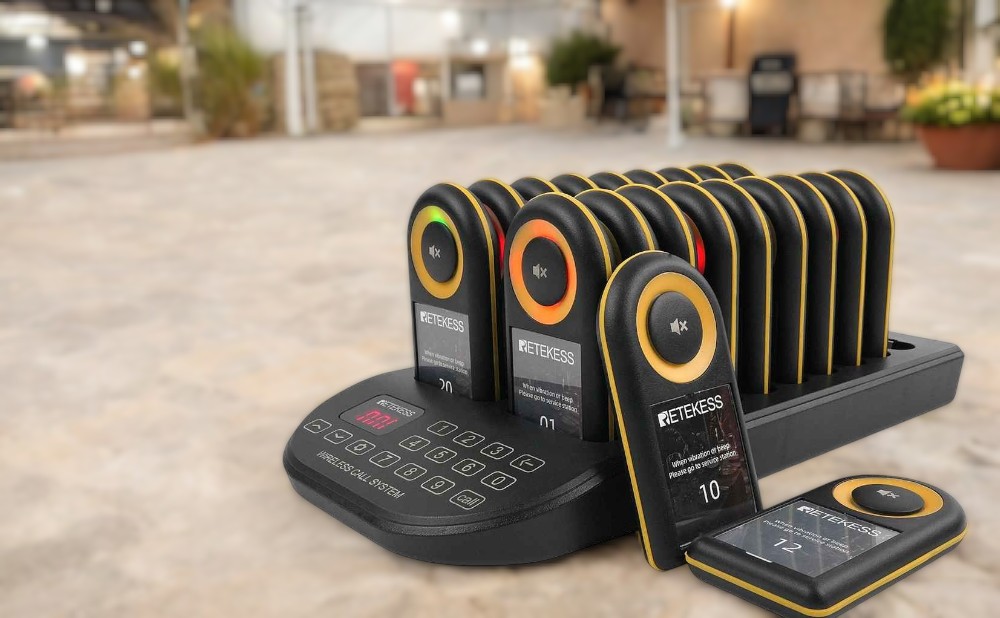
Understanding Pagers and Their Essential Features
- Sophia
- May 10, 2025
- 0 Comments
Pagers are important tools for professional communication. They send one-way messages that alert users about critical information, unlike regular cell phones. Pagers have a long history, especially in industries like healthcare and emergency services, where they are still relevant today. This guide will help you understand factors to consider when choosing between different pager models, like TD156 and TD169. We will focus on features, durability, and how well they fit into your work environment.
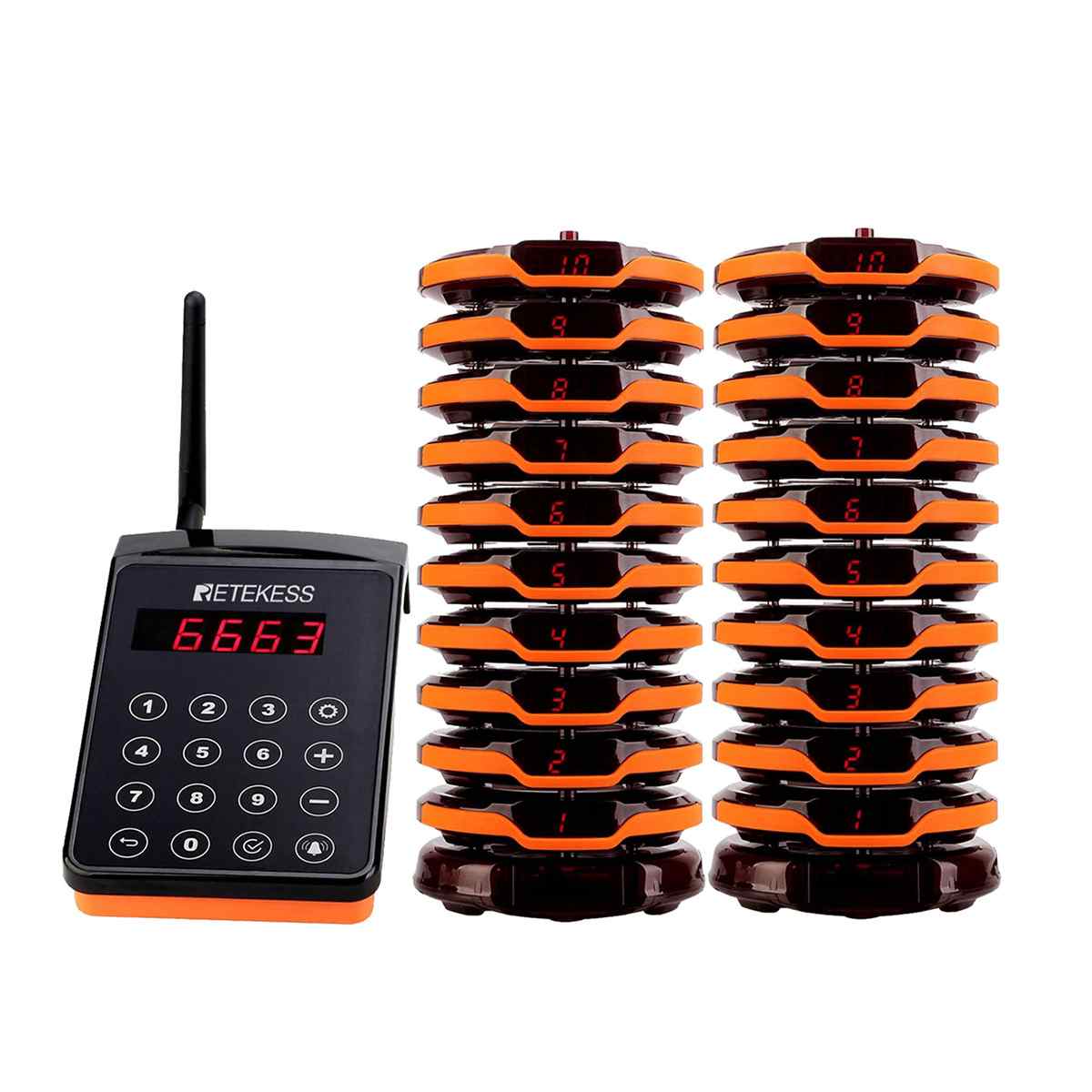
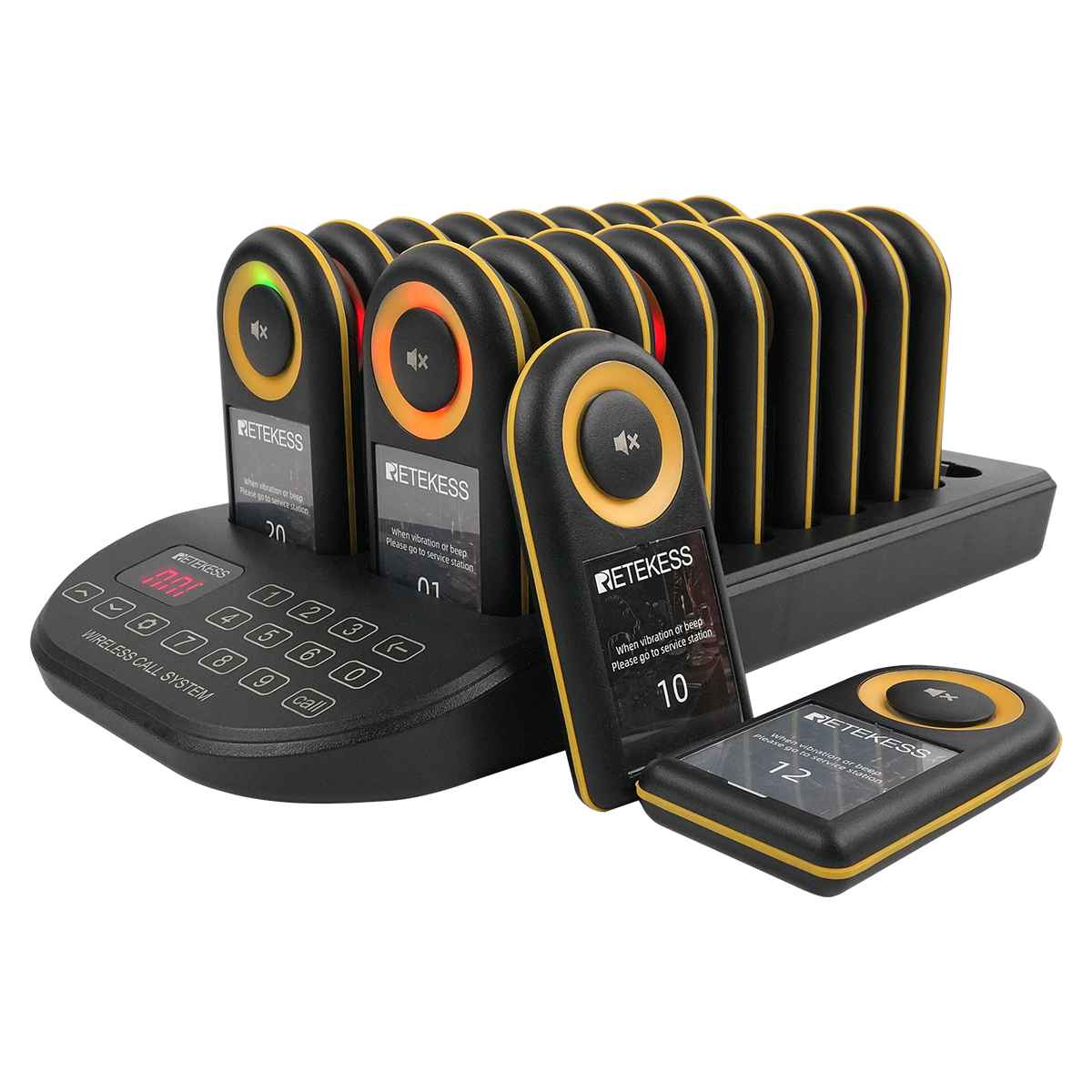
Key Features and Specifications: Understanding the Basics
Understanding Pagers and Their Essential Features
When selecting a pager, there are key features and specifications to consider:
-
Frequency Bands and Protocols: Pagers use specific frequency bands (like UHF or VHF) which vary by region. POCSAG and FLEX are common protocols that affect how quickly your messages arrive.
-
Coverage and Range: Pager coverage depends on transmitter power, type of antenna, and obstacles in the environment, like buildings or trees. Stronger signals lead to better message reception.
-
Battery Life and Power Management: Pagers may use various battery types, such as AA or rechargeable batteries. These affect how long the pager works. Power-saving modes help extend battery life.
-
Display Type and Readability: Displays can use LCD or LED technologies. Choose one that is easy to read in different lights, like bright sunlight or dim rooms. Larger displays and clear fonts help you read messages quickly.
-
Alerting Methods: Pagers can alert users through sounds, vibrations, or lights. Customizing these alerts for urgent messages can improve response times.
-
Memory Capacity: The amount of memory in a pager determines how many messages it can store. More memory is essential for users who receive many alerts.
-
Durability and Ruggedness: Look for pagers with high ingress protection (IP) ratings for water and dust resistance. Strong materials help ensure that your pager lasts in tough work settings.
Choosing the right pager is essential for meeting the needs of your work environment and improving communication.
Choosing the Right Pager: TD156 and TD169
A pager is a small device that gets one-way messages. Think of it as a way to get important alerts, especially in jobs that need quick action. While phones are common, pagers still work well in places like hospitals, emergency services, and factories. TD156 and TD169 are pager models. This guide helps you pick the best pager for your job. We will look at what matters: how well it works, how long it lasts, and if it fits your work. This guide is about what the pager can do, not the brand name.
Key Features: What You Need to Know
-
Frequency Bands and Protocols: Pagers use radio waves to get messages. These radio waves use different frequencies, like UHF and VHF. You must pick the right frequency for where you are and what the rules say. POCSAG and FLEX are common ways pagers send messages. These affect how fast and reliably you get alerts.
-
Coverage and Range: How far a pager works depends on how strong the signal is. Things like buildings and hills can block the signal. A stronger signal means you get messages better.
-
Battery Life: Pagers use batteries like AA or rechargeable ones. The battery affects how heavy the pager is and how long it works before you need to charge or change the battery. Some pagers have a power-saving mode to make the battery last longer, but this can slow down alerts.
-
Display Type: Pagers show messages on a screen. Some use LCD, and others use LED. LCD screens work okay in most light, but LED screens are easier to see in bright sunlight or dark places. The size of the screen and how clear the letters are matter for reading messages fast.
-
Alerting Methods: Pagers tell you when you get a message. They can beep, vibrate, or flash a light. You can often change these alerts for different types of messages.
-
Memory Capacity: Pagers store messages. More memory means you can keep more messages. If you get many alerts, you need more space to hold them.
-
Durability: Pagers can get dropped or wet. Look for pagers with IP ratings. IP ratings tell you how well the pager handles water and dust. Stronger pagers use materials like polycarbonate or ABS plastic to handle rough conditions.
What Do You Need?
-
Industry-Specific Needs: Different jobs need different pagers. Hospitals might want pagers that kill germs. Firefighters need pagers that can handle heat.
-
Message Volume and Urgency: How many messages do you expect? Do you need to know right away when some messages come in? You need a pager with enough memory and ways to set important alerts first.
-
Environmental Conditions: Will you use the pager in hot, cold, wet, or dusty places? Some pagers can handle these conditions better. If you work around dangerous chemicals, you may need a special pager that is safe to use there.
-
User Interface: Is the pager easy to use? Can you find what you need quickly? Simple buttons and clear labels help, especially if not everyone knows how to use new technology.
-
Integration with Existing Systems: Can the pager work with what you already have? It needs to work with your paging system and any special software you use.
-
Regulations: Make sure the pager follows the rules. The FCC has rules for pagers. Your job might have its own safety rules, too.
-
User Preferences: Ask the people who will use the pager what they like. Do they want a small or large pager? What features do they need? This helps everyone be happy with the choice.
Advanced Features
-
Two-Way Paging: Some pagers let you send a reply. Most pagers only get messages, but two-way pagers allow you to confirm receipt.
-
Encryption: Encryption keeps your messages safe. It scrambles the message so others cannot read it.
-
GPS Tracking: Some pagers have GPS. This lets you find people in emergencies or track workers in remote areas.
-
Over-the-Air Programming (OTAP): OTAP lets you change pager settings from far away. You don't have to touch each pager to update it.
-
Group Paging: You can send messages to a group of people at once. This saves time and ensures everyone gets the message.
-
Emergency Call Features: Some pagers have a button you can push in an emergency. This sends a signal for help.
-
Data Logging: Some pagers keep track of messages. This helps you see how well the system works and find ways to improve it.
Keeping Your Pager Working
-
Cleaning: Clean your pager to keep it working. Use the right cleaners. Do not use harsh chemicals.
-
Battery Care: Charge batteries the right way. Do not leave them in the pager when storing them.
-
Troubleshooting: What do you do if the pager does not get messages? What if the battery drains fast? Learn how to fix common problems.
-
Warranty and Service: Does the pager have a warranty? Can you get it fixed if it breaks? Choose a pager from a company that can help you.
-
Updates: Keep the pager software up to date. This fixes problems and adds new features.
-
Accessories: You might need a case or belt clip. Use the right parts to keep the pager working well.
-
Training: Make sure everyone knows how to use the pager. Give them instructions and answer their questions.
How Much Does It Cost?
-
Purchase Price: How much does the pager cost to buy? Shop around and compare prices.
-
Operating Costs: How much will it cost to keep the pager working? This includes batteries and service fees.
-
Total Cost: Add up the cost of buying and keeping the pager working. This helps you see the real cost.
-
Return on Investment: How will the pager help you? Will it save time or money? Will it make things safer? This helps you decide if it is worth the cost.
-
Discounts: Can you get a discount if you buy many pagers? Ask the seller.
-
Leasing: Can you rent pagers instead of buying them? This might cost less at first, but more in the long run.
-
Budget: How much money do you have to spend? Decide what is most important and spend your money there.
- CONTACT US https://www.retekess.com/contact-us-other

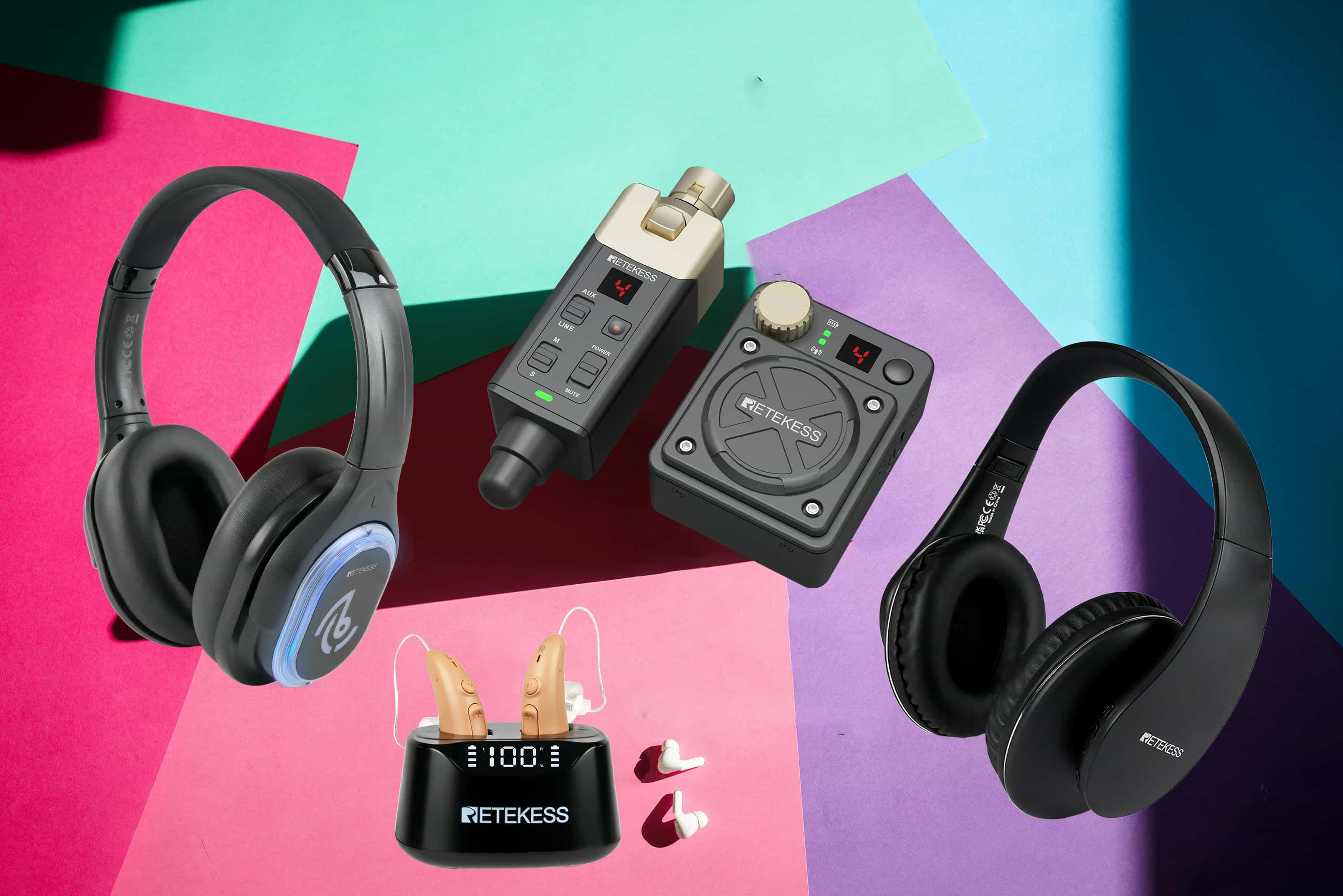
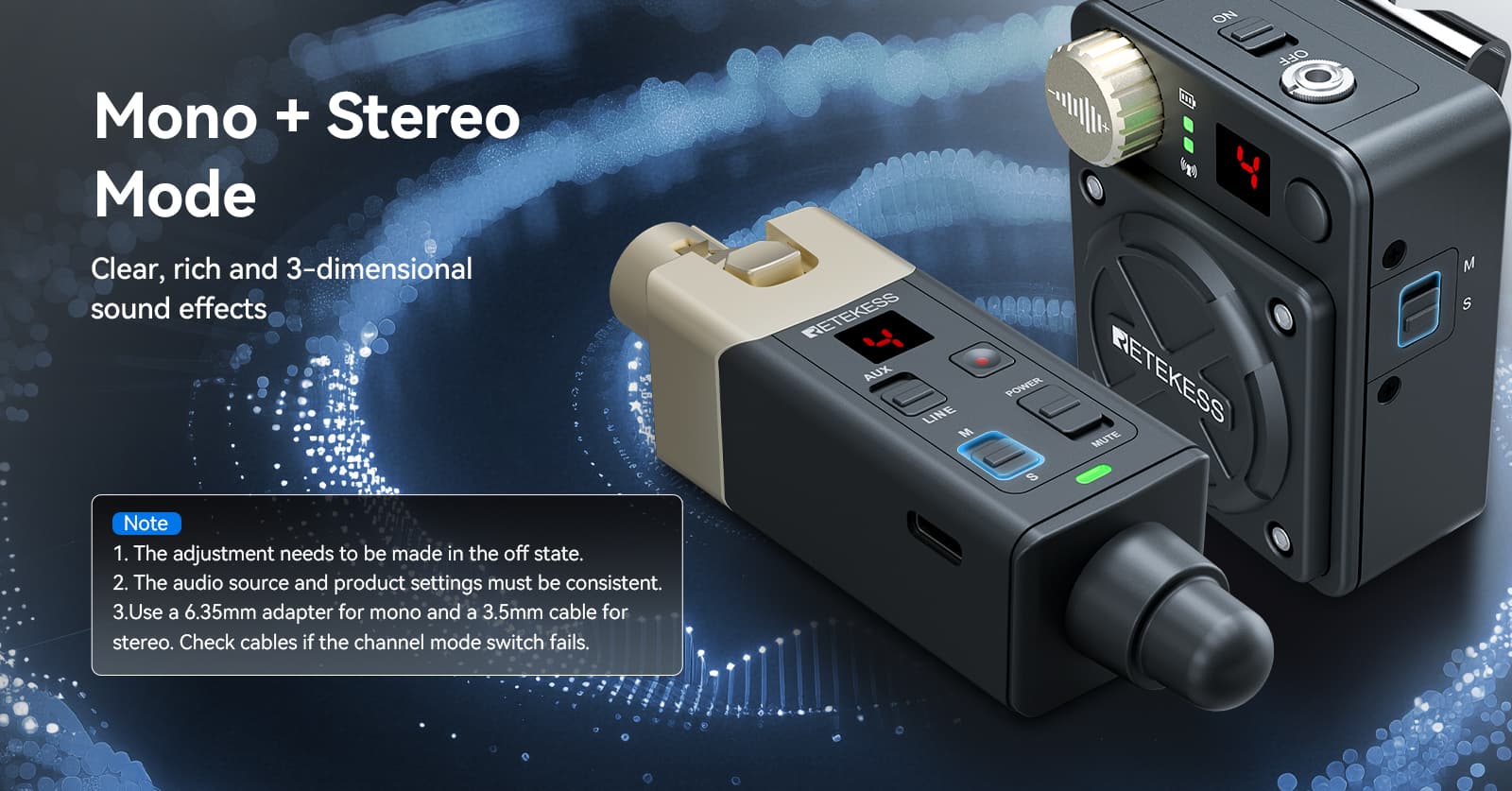


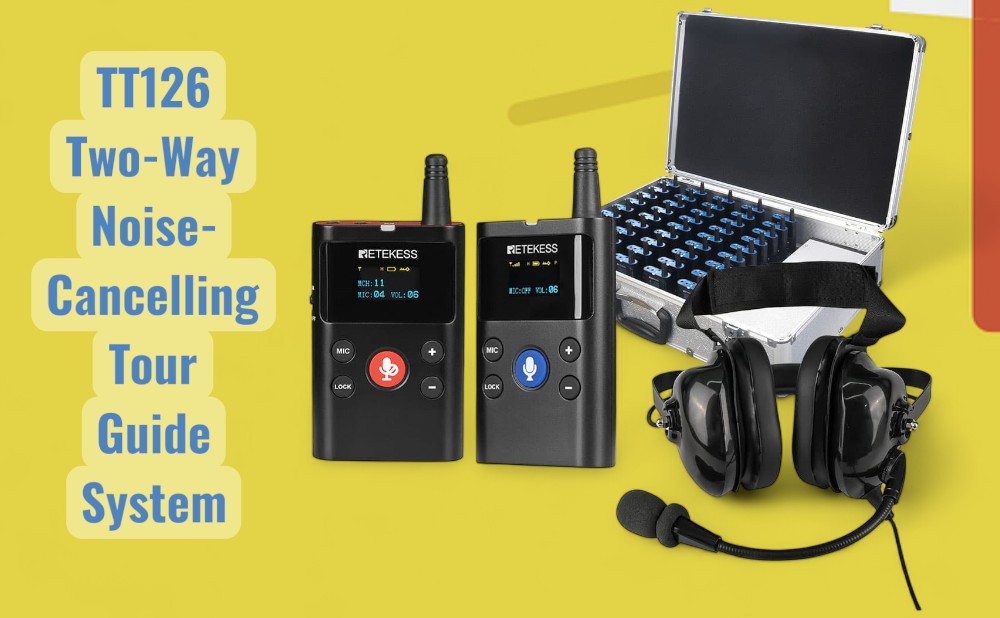
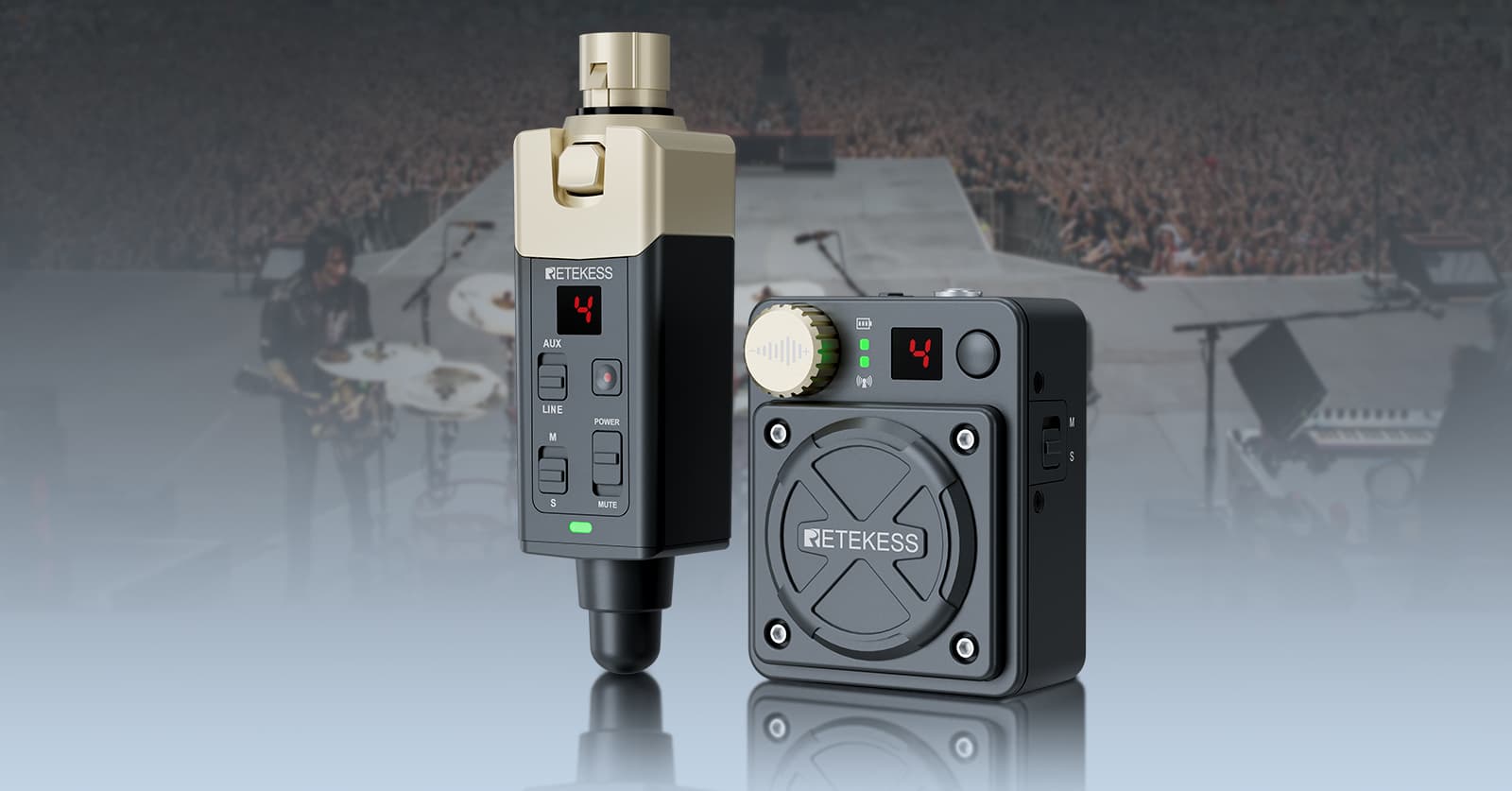



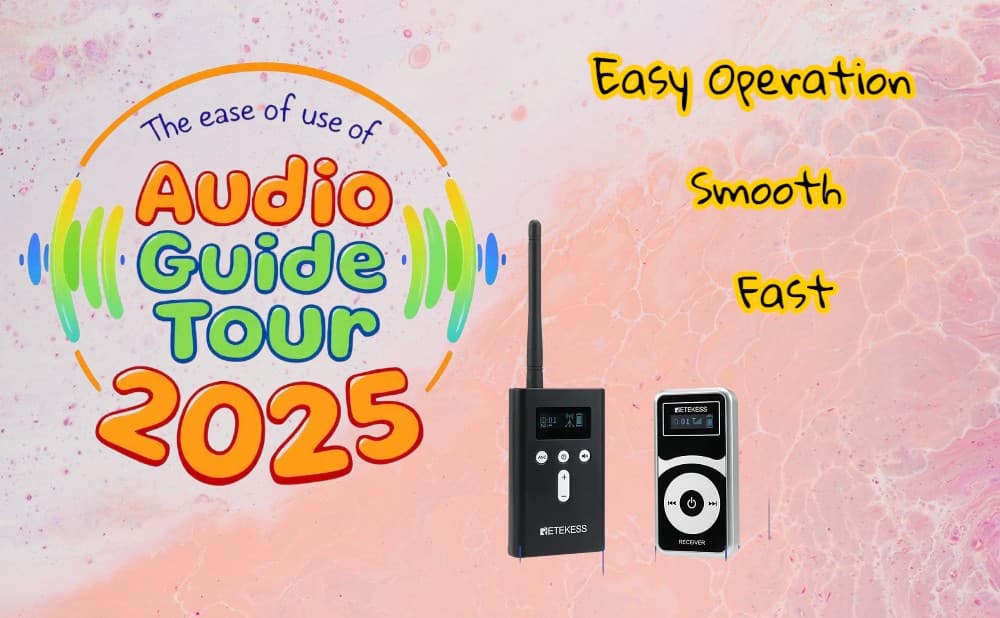
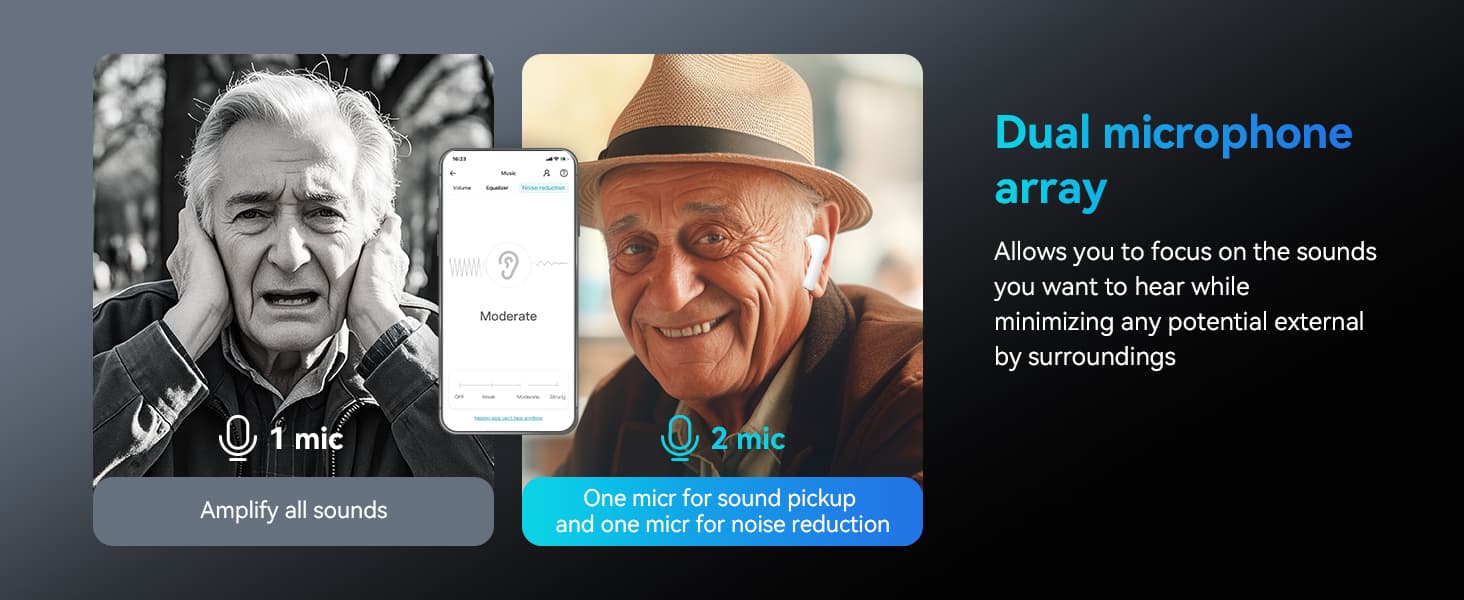
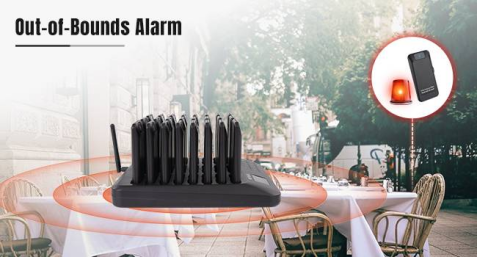



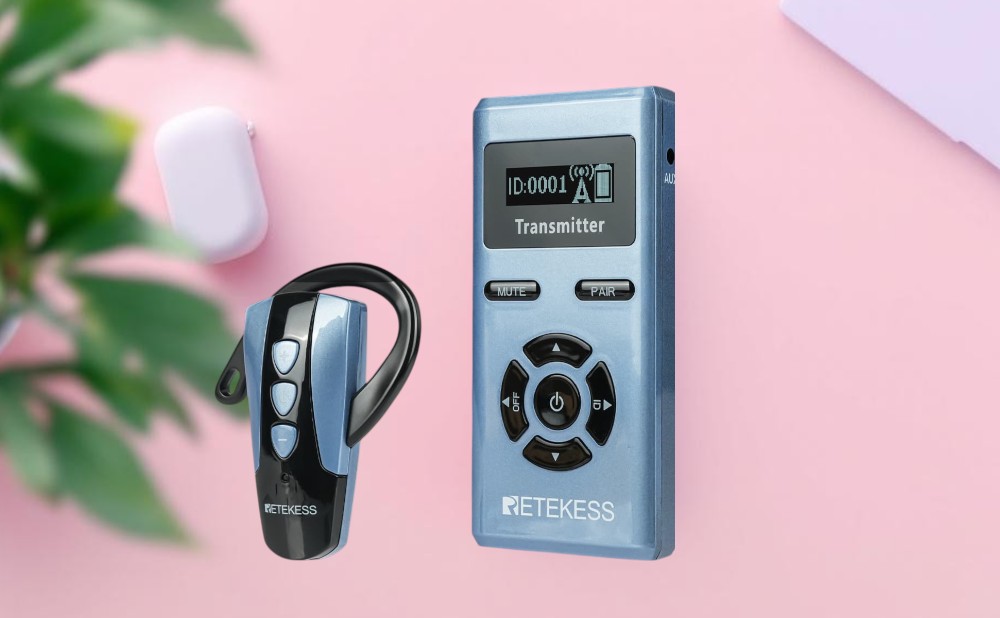





Comments (0)